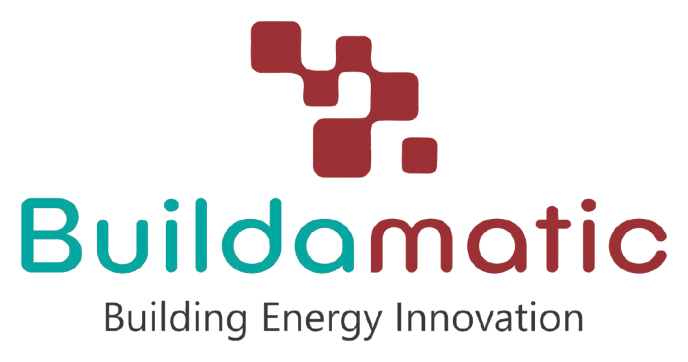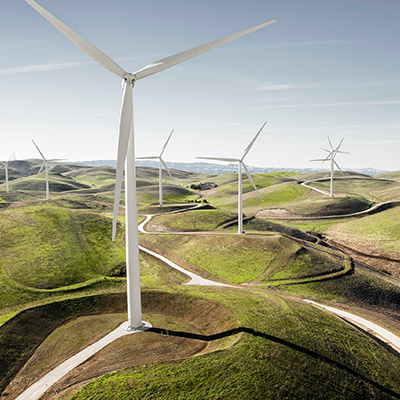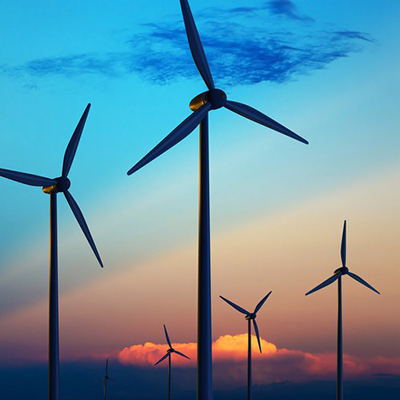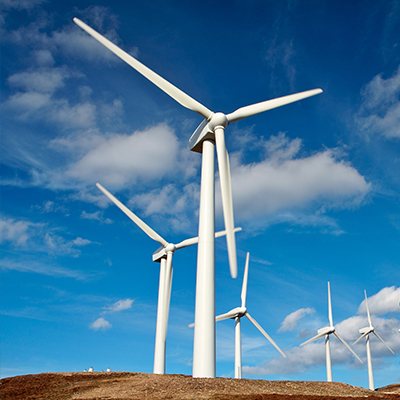What are the advantages—and challenges
Wind power is cost-effective in many regions. In others, wind power needs to compete with other energy sources, but global R&D efforts are working on solutions to reduce the levelized cost of electricity (LCOE) of both onshore and offshore wind power.
Another advantage to wind power is that it is a domestic source of energy, harnessing a limitless local resource. Some viable locations for wind farms, however, are located remote areas that would present challenges in construction and electricity transmission logistics. Technology breakthrough such as two-piece blades and modular construction are helping overcome such challenges.
An additional benefit of wind power is it is a sustainable source of energy, as wind turbine operation does not directly emit any CO2 or greenhouse gases—helping countries meet their emission reduction targets and combating climate change. Wind energy is plentiful, readily available, and capturing its power does not deplete our valuable natural resources. In fact, an environmental benefit to wind power is its ability to counter the detrimental effects of climate change. The Global Wind Energy Outlook projects that by 2030 wind energy will offset 2.5 billion tons per year of carbon.




